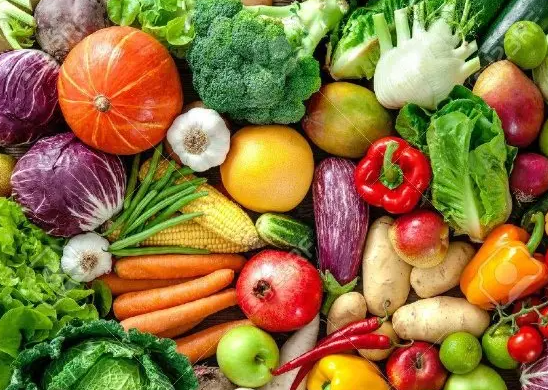The export operation of frozen vegetables is relatively stable
In recent years, with the improvement of freezing technology and processing efficiency, the commercial added value of frozen vegetables relative to fresh vegetables has become higher and higher, and at the same time, its target consumer market has shown a more diversified trend.
Among the many export destination countries, Europe and Russia are the top consumers of frozen vegetables. The second is the European Union and North America. In addition, the market popularity of Chinese frozen vegetables to Southeast Asia and the Middle East has also increased year by year.

"Due to the outbreak of the global epidemic, this year has been a very challenging year for agricultural producers. Compared with fresh vegetables, the market impact of frozen vegetables is limited. This is due to the longer shelf life of frozen vegetables. On the one hand, the inventory is sufficient and relatively stable." Mr. Xu said in an interview with Global Fruit and Vegetable Network.
In the early stage, when many European countries were in the blockade period, the export of Chinese frozen vegetables was affected to a certain extent, mainly because many frozen vegetables were supplied to the overseas catering industry. With the closure of the restaurant industry, this part of the demand suddenly disappeared. Nonetheless, with the reopening of the catering industry in the later period, the purchasing demand has also increased. At present, the overall demand from overseas markets is relatively stable.
"Our frozen vegetables are sold to the domestic market through catering, takeaway and distribution channels, and are also exported to Europe, Southeast Asia, Russia and other countries. Among them, the frozen vegetables exported to Europe are mainly frozen asparagus, broccoli and edamame are mainly exported to Southeast Asia and Russia. "
- We have practically run out of broadleaf herbicides for garlic cultivation
- Egypt: Record onion exports in the last six months
- Our fruit drying concept offers added value to growers and traders
- Larger US lemon crop this season
- Peruvian pineapple still has great potential to increase its exports
- Pagoda held a Newton apple tasting in Guangzhou
 Telephone :+86-15562397099
Telephone :+86-15562397099










